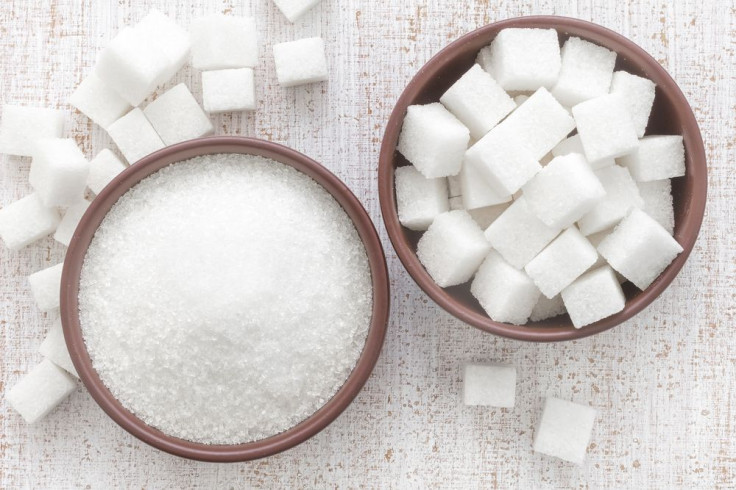High-Fructose Corn Syrup More Harmful Than Sucrose In Mice; May Have Caused Obesity Rates To Rise

When it comes to “added sugars,” or sugar that is added to food during processing rather than sugar that is found naturally in food, the toxicity of fructose versus sucrose, also known as table sugar, is a constant topic of debate. A recent study conducted at the University of Utah discovered that female mice who were fed a diet heavy in a mixture of fructose and glucose found in high-fructose corn syrup, which was comparable to the average American diet, were less likely to reproduce and more likely to die earlier than mice who were fed a diet heavy in sucrose.
“This is the most robust study showing there is a difference between high-fructose corn syrup and table sugar at human-relevant doses,” senior author Professor Wayne Potts, said in a statement. “When the diabetes-obesity-metabolic syndrome epidemics started in the mid-1970s, they corresponded with both a general increase in consumption of added sugar and the switchover from sucrose being the main added sugar in the American diet to high-fructose corn syrup making up half our sugar intake.”
The difference between high-fructose corn syrup and sucrose comes down to specific chemical breakdown of fructose and glucose. Although both contain almost equal amounts of fructose and glucose, in corn syrup they are separate molecules, known as monosaccharides, and in sucrose they are bonded chemically. Fructose’s metabolic delivery is far different from that of glucose and even sucrose. While every cell in the body can use glucose for energy, only liver cells can break down fructose where it results in the production of a form of fat known at triglycerides.
Potts and his colleagues fed 160 mice either a healthy diet with 25 percent of total calories from fructose and glucose monosaccharides found in high-fructose corn syrup or a healthy diet with 25 percent of total calories from sucrose. After around 40 weeks, the mice were released into six mouse barns — each held eight to 10 male mice and 14 to 20 female mice — where they competed for food, territory, and mates.
Female mice on the high-fructose corn syrup diet produced 26.4 percent fewer offspring and had death rates 1.87 times higher than female mice on the sucrose diet. Although this new study found no difference in male mice consuming each diet when it came to death rates, reproduction, or competing for territory, the 2013 Sugar Toxicity Study, which this new study was based on, found that male mice on a high-fructose corn syrup diet were 25 percent less likely to reproduce or hold territory.
“Our previous work and plenty of other studies have shown that added sugar in general is bad for your health,” said James Ruff, the study’s first author and a postdoctoral fellow in biology. “So first, reduce added sugar across the board. Then worry about the type of sugar, and decrease consumption of products with high-fructose corn syrup.”
According to the research team, between 13 and 25 percent of Americans consume a diet with 25 percent or more of calories from added sugars. Forty-four percent of added sugar in the average American diet comes from sucrose, while 42 percent comes from high-fructose corn syrup, and the remaining 14 percent from dextrose found in honey, molasses, juice concentrates, and agave. On the other hand, in the average global diet, high-fructose corn syrup represents eight percent of added sugar consumption.
Source: Hugentobler S, Ruff J, Potts W, et al. Compared to Sucrose, Previous Consumption of Fructose and Glucose Monosaccharides Reduces Survival and Fitness of Female Mice. The Journal of Nutrition. 2015.



























